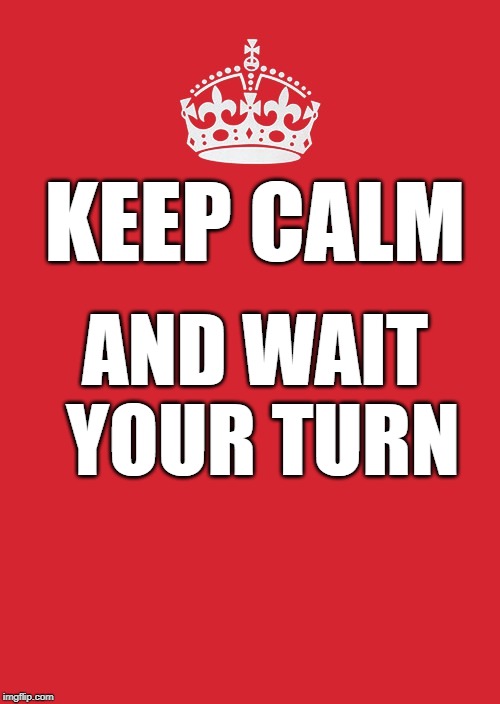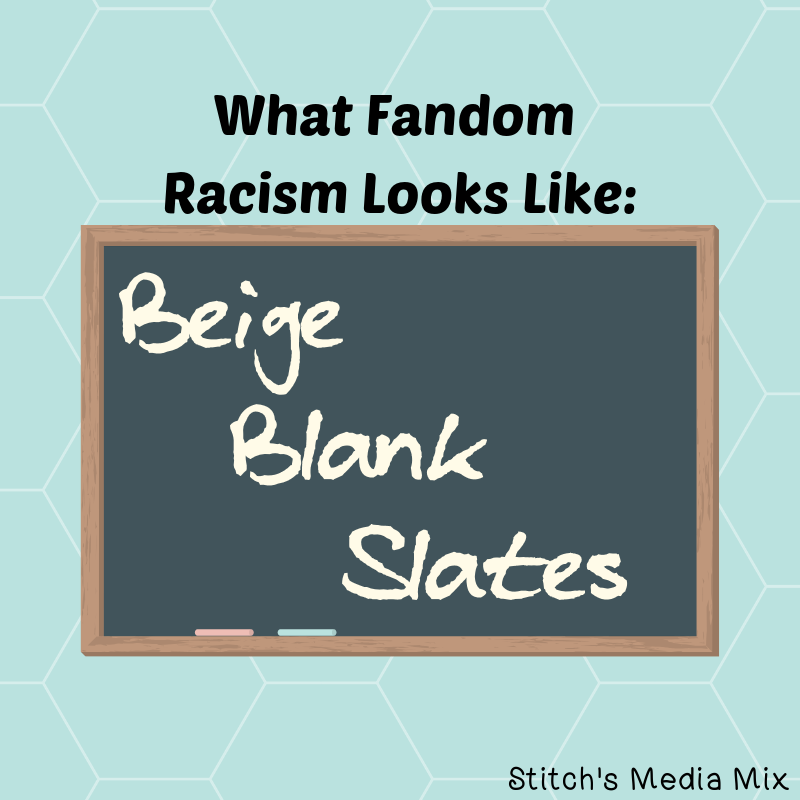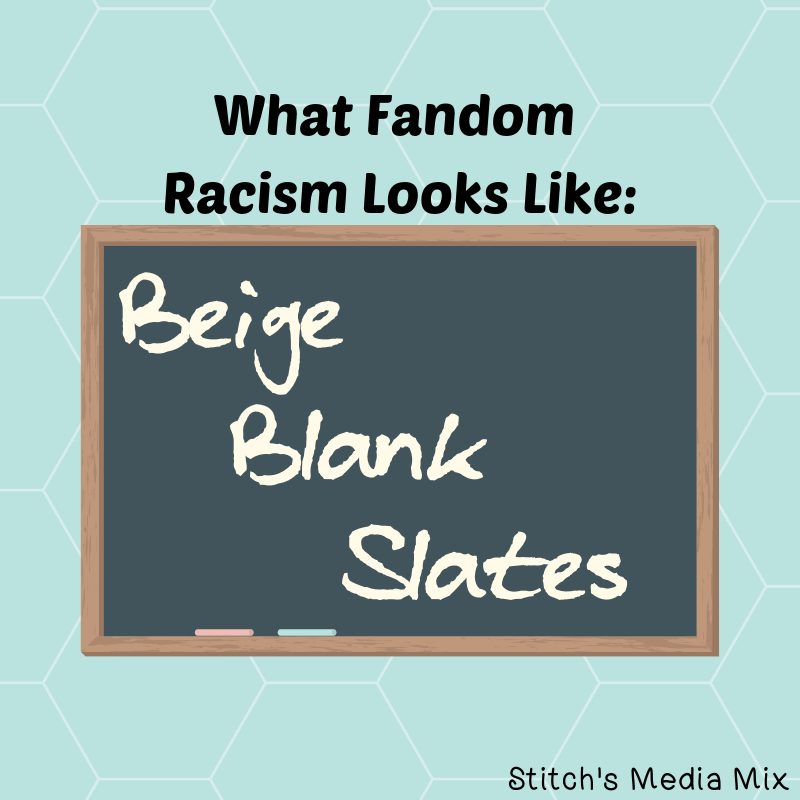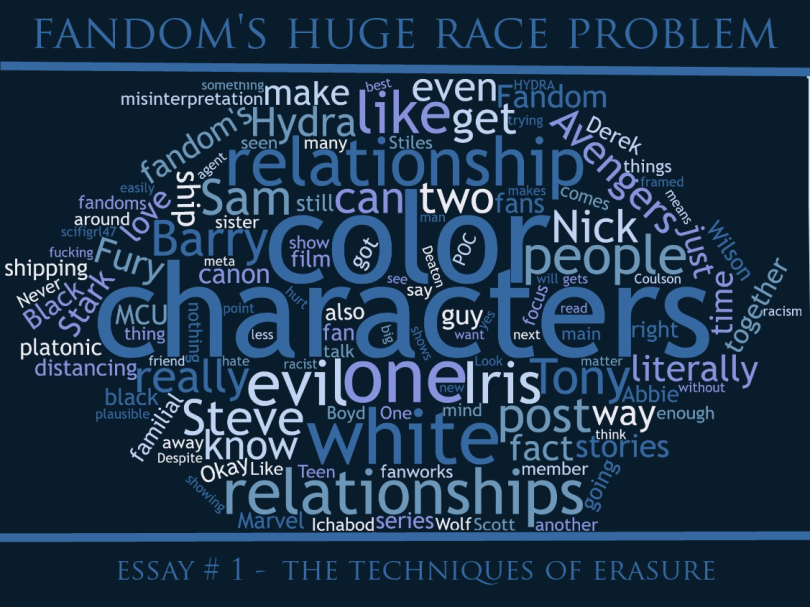
AKA How to appropriate cultures and lose respect in the process
Content notes: Aside from discussing racism in different forms across different cultures, this post also will talk briefly about the Holocaust and Transatlantic slavery. Note that I am AfroCaribbean and my lens is vaguely Western tinted as is much of the racism that I speak of. This doesn’t render my thoughts on racism (especially anti-black racism) invalid, but tends to kind of keep it narrow.
If you want to share your experiences with cultural or historical appropriation in fandom as a fan who is from somewhere else in the world or that has a different cultural background, feel free to message me and we’ll work something out in terms of posting here or on my tumblr.
If you’re arriving to this party a little bit later, head on over to the introduction post for this hybrid essay series so you can get a feel for how things are done here.
Last month, we talked about the techniques of erasure that fandom uses to decentralize people of color in popular media and prop up white (and often male) characters. We covered techniques from rewriting the relationships between characters to distancing characters of color from white characters they’re often shipped with.
It’s been a long month full of conversations about shipping and race. Many of these comments have been insightful and almost all of the responses that I have received so far have been positive.
This month, we’re looking at aspects of cultural appropriation in fandom and the ways that fandom frequently takes the culture and history of real and marginalized people and applies them to white characters.
In addition to defining cultural/historical appropriation and discussing why they’re not cool, we’ll also be looking at specifics like the use of horrific events in history (the Holocaust and the Transatlantic Slave Trade) as background/scenery for ship within fandom, and the Alpha/Beta/Omega trope and how fans tend to coopt and mutate actual history in order to manufacture gender/race –based oppression for cis white male characters.
We’re covering some heavy stuff both in terms of content and density. When talking about this aspect of how fandom gets it horribly wrong when creating fanworks, we’re going to look at:
- Defining cultural appropriation in fandom and why cultural appropriation seems small but is a big deal
- Defining historical appropriation in fandom
- Why certain kinds of Alternate Universe (AU) ideas are and should always be a BAD IDEA in fandom
- Manufactured oppression in fandom spaces & fanworks
- The way that cultural and historical appropriation in fandom doesn’t necessarily respect or honor anyone.
I know this seems like a lot of text content, it’s all for a good cause. So let’s get started!
Read More »








You must be logged in to post a comment.